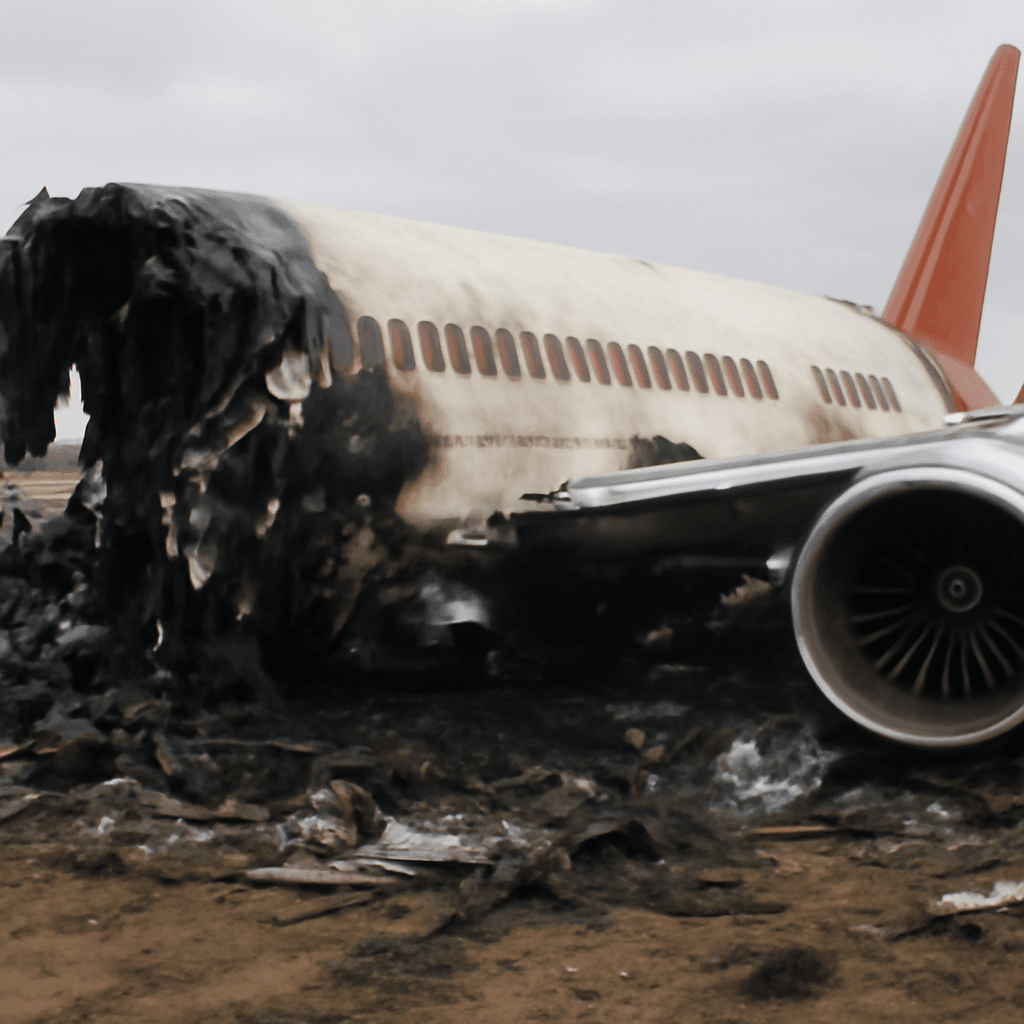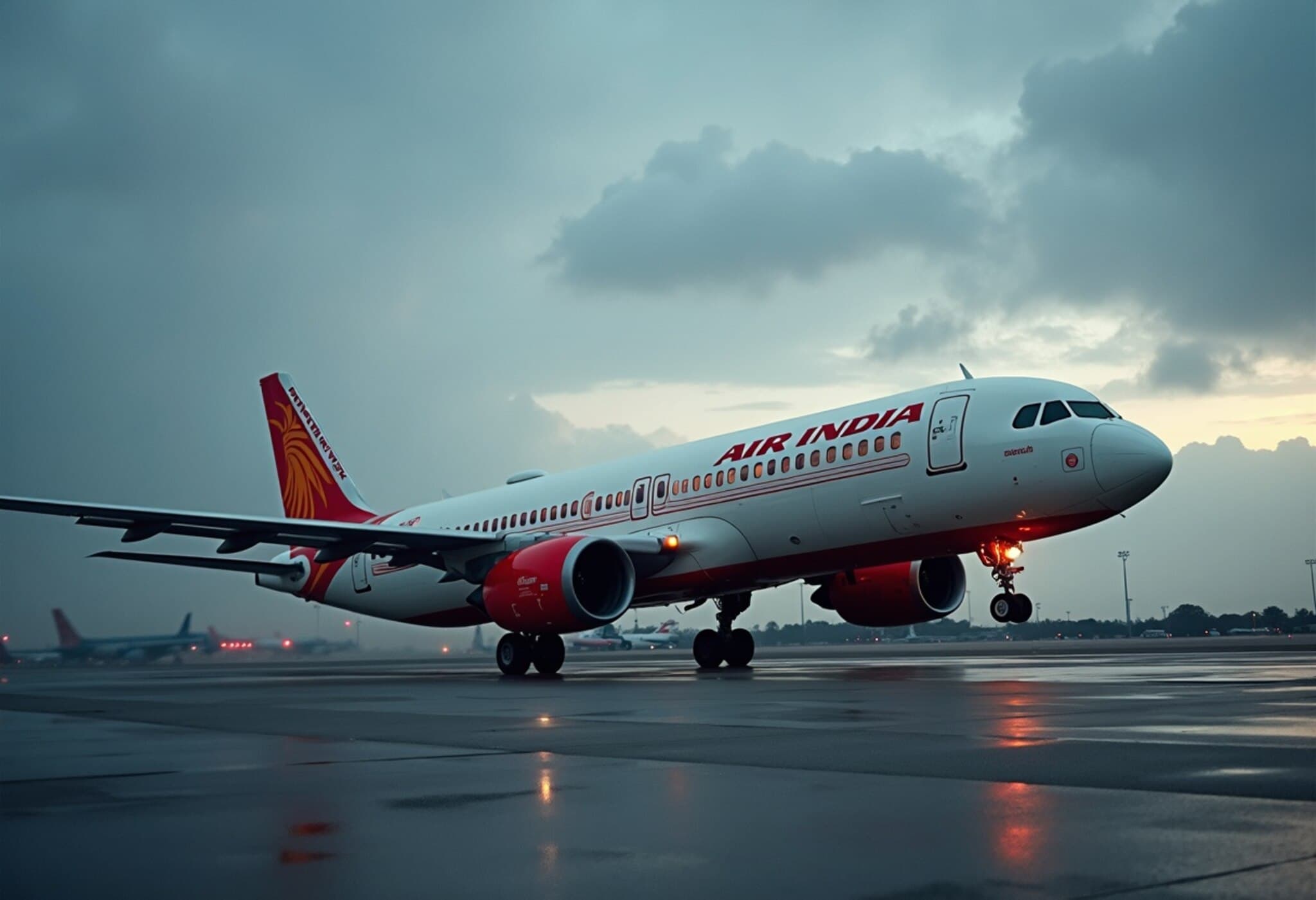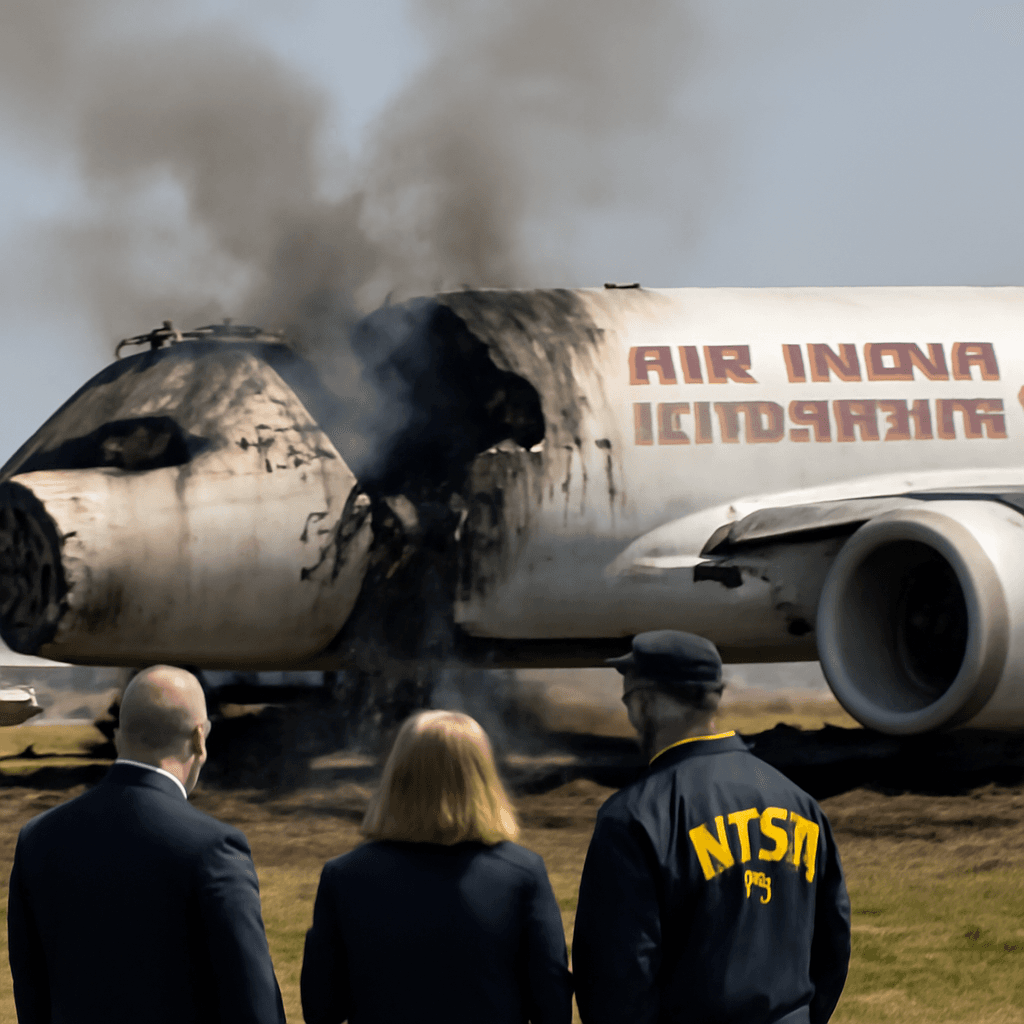Global Airlines Tighten Fuel Switch Protocols Following Air India Crash
In the aftermath of the tragic Air India Boeing 787 crash in Ahmedabad last month, which claimed 260 lives, aviation authorities across India, South Korea, and several international airlines are enacting stricter safety measures concerning aircraft fuel control switches. The investigation has spotlighted these critical components that regulate engine fuel flow as a potential factor in the disaster.
What the Investigation Revealed
The preliminary findings revealed that mere seconds after takeoff, the fuel control switches on the Boeing 787’s engines were inadvertently toggled, temporarily cutting off the fuel supply. This disruption directly impacted engine operation at a crucial phase of flight, precipitating the fatal crash. While the technical nuances remain under review, this has raised urgent concerns over the design and monitoring of fuel control mechanisms.
Heightened Scrutiny in Asia
Responding swiftly, South Korea’s Ministry of Transport announced it will require all domestic airlines operating Boeing aircraft to promptly inspect their fuel switch locking systems. These inspections align with a 2018 advisory by the U.S. Federal Aviation Administration (FAA), which originally recommended—but did not mandate—checks on fuel cutoff switch lock integrity to mitigate accidental activation.
Similarly, the Directorate General of Civil Aviation (DGCA) in India has issued a mandatory directive. Airlines registered under Indian jurisdiction must complete thorough inspections of their fuel control switch locking systems by July 21, 2025, citing reports that these locks may disengage automatically in some cases, imperiling safe engine function.
FAA and Boeing’s Position Versus Airline Actions
Despite these measures, a Reuters report revealed that Boeing and the FAA have communicated internally that the fuel switch locks are deemed safe and have not required a formal inspection mandate. Nonetheless, leading carriers like Etihad Airways and Singapore Airlines have chosen to proactively audit and reinforce protocols for their Boeing 787 fleets.
- Etihad has ordered comprehensive reviews of fuel switch locking mechanisms and issued operational advisories to pilots to exercise heightened caution when handling these controls.
- Singapore Airlines has initiated similar inspections, underscoring a commitment to go beyond regulatory guidance to ensure flight safety.
Understanding the Critical Role of Fuel Switches
Fuel control switches govern the flow of fuel to aircraft engines. During ground operations and flight emergencies, pilots rely on these switches to start, stop, or shut off engines selectively. To prevent accidental toggling, each switch is secured with side brackets and stop locks requiring an intentional lift to move between the RUN and CUTOFF positions.
Aviation experts suggest that inadvertent activation is unlikely due to these safeguards, yet the recent crash investigation challenges assumptions about switch reliability under operational stress.
Broader Implications for Aviation Safety
This incident shines a spotlight on the often-overlooked role of mechanical controls and human factors in aviation disasters. The contrast between FAA’s cautious stance and airlines’ proactive inspections raises critical questions about regulatory responsiveness versus operational prudence.
From an American aviation policy perspective, the crash underscores the need for dynamic, data-driven safety oversight that promptly addresses emerging risks—even those involving legacy aircraft systems.
Looking Ahead: What Safety Experts Recommend
- Comprehensive Review of Mechanical Controls: Regulators and manufacturers should reassess designs and locking mechanisms to enhance fail-safes.
- Improved Pilot Training: Emphasizing the handling and awareness of fuel control switches under normal and emergency conditions.
- Transparent Communication: Timely public updates from Boeing, FAA, and other regulators to maintain trust and inform ongoing safety efforts.
Editor’s Note
The unfolding story around fuel switch safety serves as a reminder that aviation’s safety ecosystem depends not only on advanced technology but rigorous human oversight and continuous learning from tragic events. As airlines and regulators balance risk against operational realities, passengers deserve clarity and reassurance that every available measure is deployed to prevent future losses. The critical questions remain:
- Are existing safety advisories sufficiently forceful and timely to prevent similar incidents?
- How can regulators better align with frontline operators’ safety priorities?
- What lessons from this tragedy should recalibrate the global approach to aircraft system design and pilot interaction?
These issues extend far beyond one airline or aircraft model, demanding vigilant, collaborative efforts among global aviation stakeholders.


















